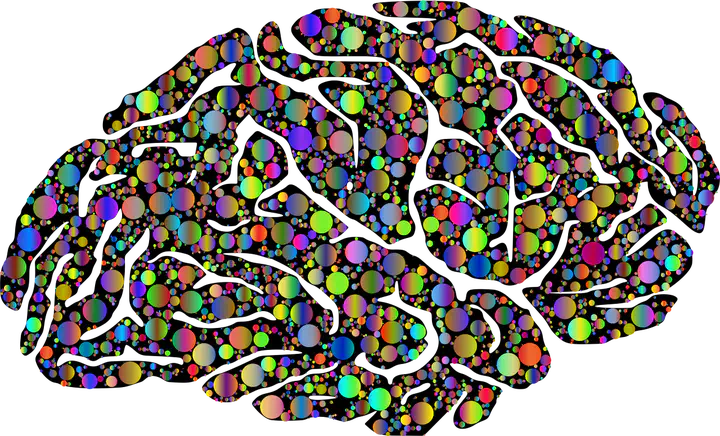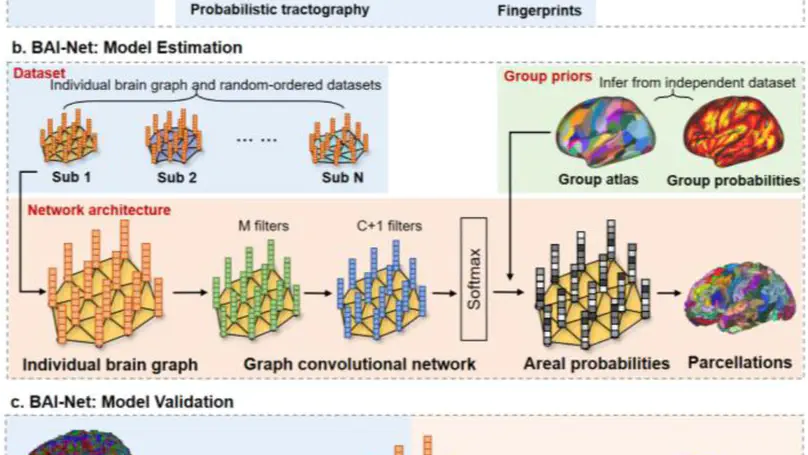Individualized brain atlas
 Individualized brain atlas
Individualized brain atlasFirstly, most of these human brain atlases, including the current version of the human Brainnetome atlas, are still population-based atlases. Therefore, constructing individualized brain atlases for specific individuals remains a challenging topic due to the large variations in brain size, connectivity, and function across subjects. To meet the requirements in clinical applications, a precise individual brain atlas is needed to reflect the individual characteristics of the brain architecture, as well as demonstrate high repeatability and consistency across different MRI scanners and brain states. Recently, several approaches utilizing machine learning for integrating connectivity information for brain atlas individualization have been proposed.
See related publications

Individualized human cerebral cartography has drawn considerable attention in neuroscience research. Many challenges remain, mainly due to large individual variability in brain morphology, connectivity and function. We developed a new tool called brain atlas individualization network (BAI-Net) that automatically parcels individual cerebral cortex into segregated areas using structural and diffusion MRIs. The presented method integrates the group priors into the loss function of graph convolution network, learns the connectivity context of anatomical fingerprints for each area, and consequently provides reliable and explainable individual-specific topography across multiple sessions and different scanners. The BAI-Net model not only captures high variations across individual brains while maintaining high consistency with the priors in the group level, demonstrating high heritability in a twin study, but also shows high associations with behaviors in a cognitive battery. Our method shows high potentials in the field of precision medicine including the diagnosis and treatment of neurological disorders.